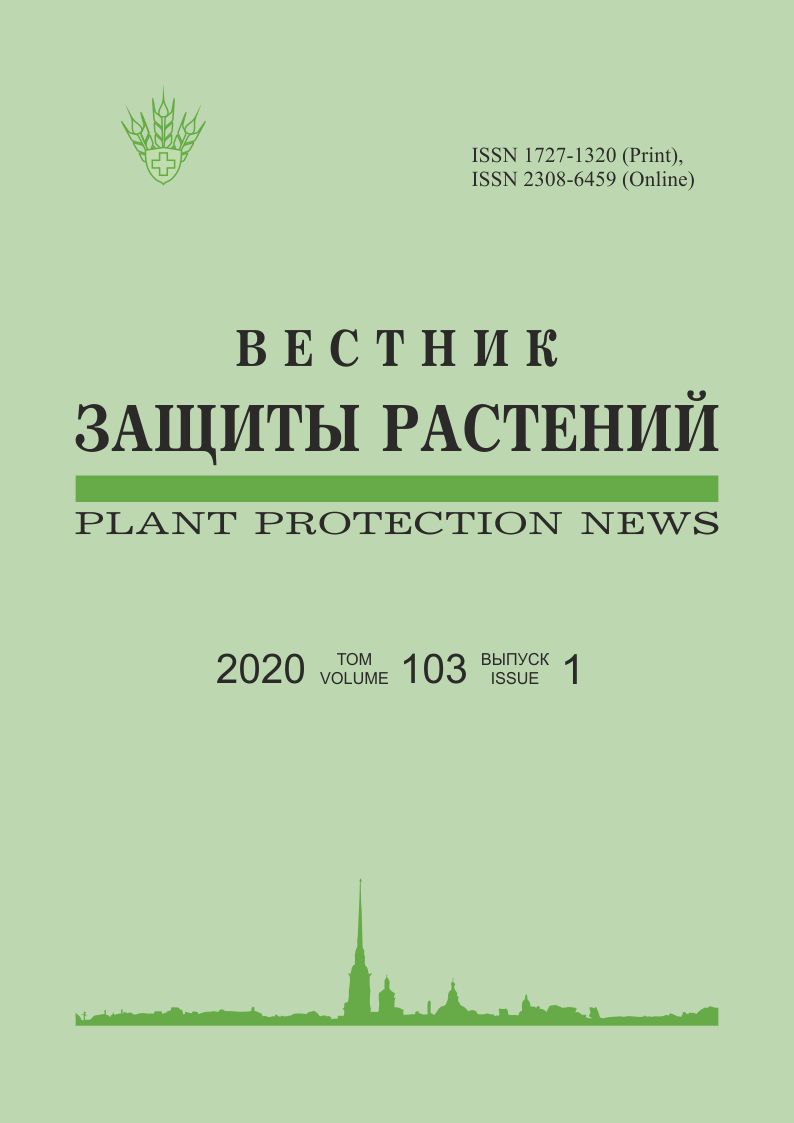The assortment formation of chemical means of pest control in the XX century
Keywords:
pests, insecticides, acaricides, pesticide formulations, biological efficacy, selectivity, ecological safetyAbstract
The article summarizes the results of research on the formation of the pest control chemicals assortment and methods of their application on various crops in Russia in the 20st century. It is shown that development of the assortment occurred in several stages, each connected with solution of plant protection problems of a given period of time, technical possibilities and requirements to the pesticides substantiated by development of theoretical bases of plant protection. In 20–30ies, when main crop protection goal was suppression of outbreaks of locusts, beet webworm, grain beetles, Sunn pest, beet weevil etc., inorganic, plant-derived and organic products of natural origin, belonging to highly potent toxic compounds, were applied in the high dosages. In 40–60ies, products of organic synthesis (chlorinated hydrocarbons and terpenes, diene compounds, organophosphates, carbamates), highly effective for pest control, but also highly toxic to human and animals prevailed In this regard, requirements to pesticides were imposed considering safety for warm-blooded animals, as well as for beneficial components of agricultural ecosystems and environment. As a result, the insecticide assortment in 80–90ies was mainly based on the chemical classes of pyrethroids, benzoylureas, phenylpyrazoles and neonicotinoids, which are moderately dangerous for warm-blooded animals and entomophages, used at low rates and decomposed in environment over one season. Considerable attention was paid to the search for environmentally friendly forms of these drugs.



